With about 22,000 hectares of water surface area, Tam Giang - Cau Hai is known as the largest coastal lagoon ecosystem in Southeast Asia, bringing itself a wild, quiet and peaceful character that makes anyone coming here feel surprising.
Tam Giang - Cau Hai lagoon area stretches 68 km in 4 districts (Phu Loc, Phu Vang, Quang Dien, Phong Dien) and Huong Tra town. This is the largest coastal lagoon in Southeast Asia with a seagrass ecosystem in Con Te area (Huong Tra); Freshwater aquatic vegetation at O Lau river mouth (Phong Dien) and mangrove ecosystem in Ru Cha area (Huong Tra).
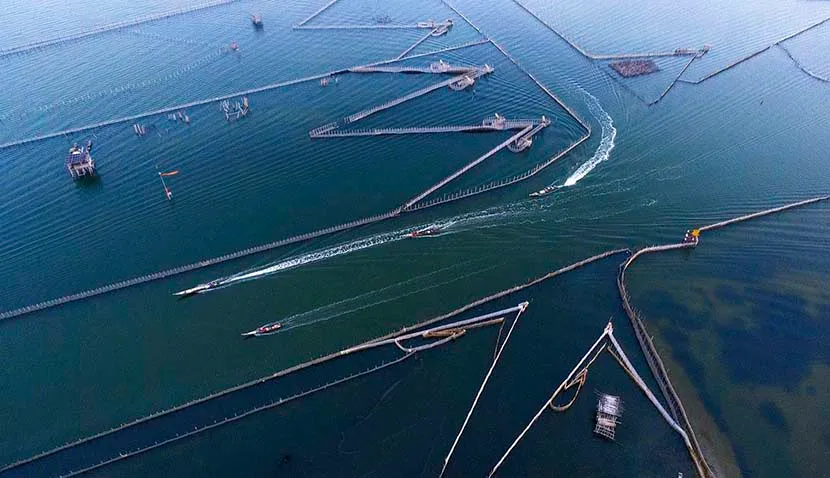
Tam Giang Lagoon - Cau Hai(Photo: Thua Thien Hue Newspaper)
Tam Giang - Cau Hai is known as one of the largest mangrove areas in Southeast Asia, accounting for 48.2% of the lagoon water surface area along the coast of Vietnam. This is the climate regulation zone between the two sandy areas, regulating floods and limiting the risk of inundation for the delta.
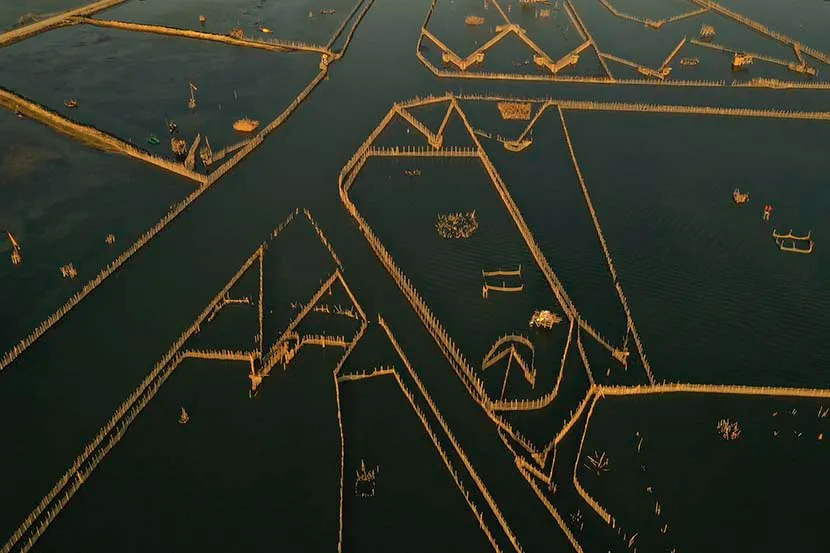
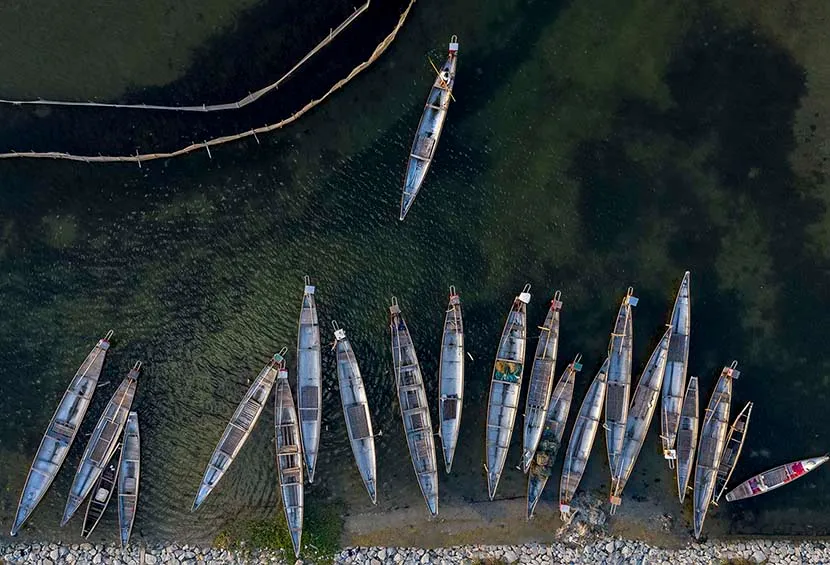
Boats in Tam Giang Lagoon (Photo: Kelvin Long)
Not only that, Tam Giang - Cau Hai lagoon also has the function of maintaining groundwater in coastal plains and coastal sandy areas, maintaining water sources for people's daily life; It is a place to self-recovery of water quality before dumping into the sea (accumulation and deposition of waste) to protect the clean marine environment.
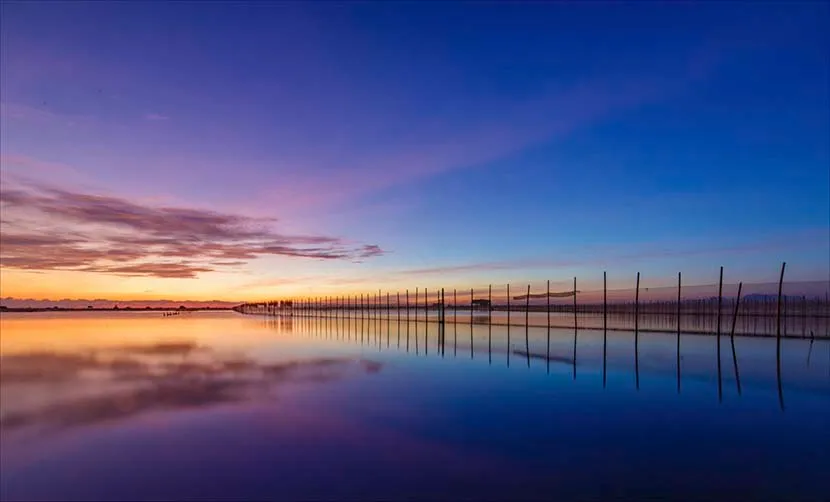
Sunset over the Tam Giang Lagoon - Cau Hai (Photo: Michia - Kumitori)
According to researchers, the Tam Giang - Cau Hai lagoon system is one of the rare representatives of a tropical coastal ecosystem with a complex and diverse environment; Containing delta plains, shallow open water, grassy buffer waters, estuaries and tributaries surrounded by sand dunes.
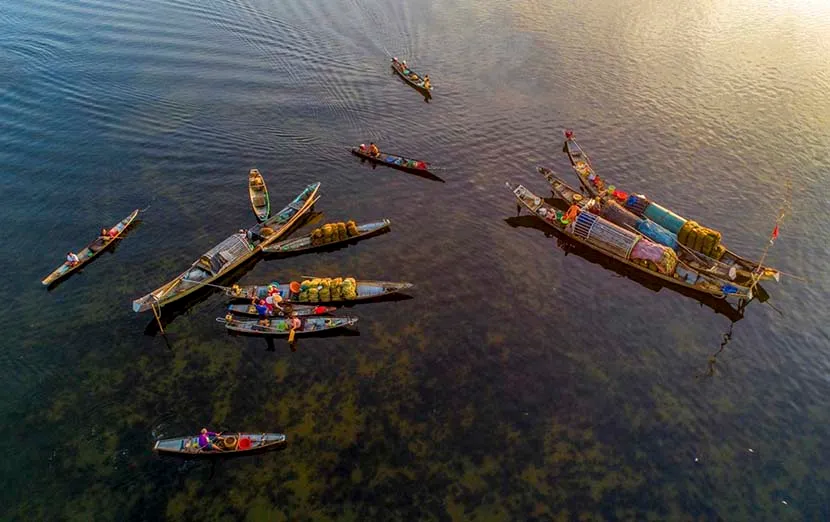
A new days in Tam Giang Lagoon (Photo: Thua Thien Hue newspaper)
Therefore, Tam Giang - Cau Hai has very high biodiversity, worthy of a water museum, biological museum. Recent survey results show that the total number of species in this area is 1,296 species; In which, there are 41 rare and precious species, including 295 species of phytoplankton, 50 species of higher plants, 73 species of algae and aquatic plants (including 7 species of seagrass), 119 species of zooplankton, and 215 species of animals, 361 species of fish and 137 species of birds.
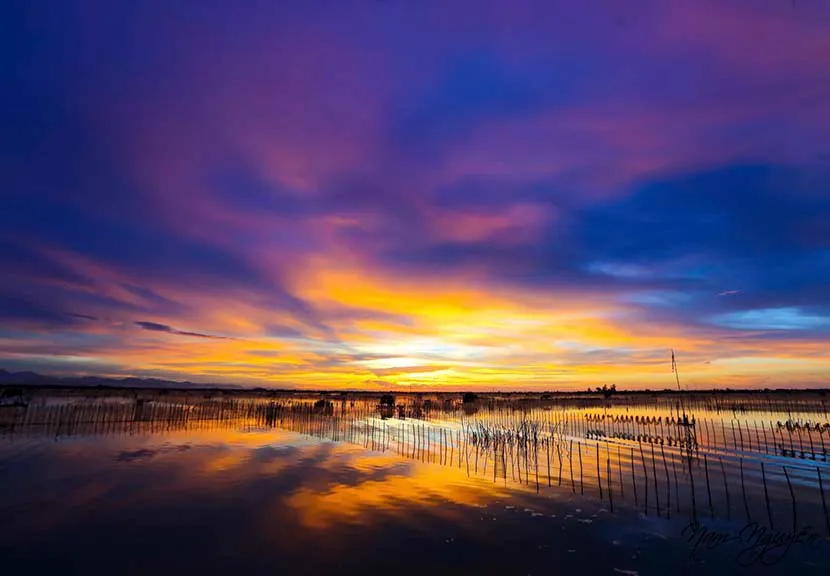
The beauty of Tam Giang Lagoon in the sunset (Photo: Nam Nguyen)
Ru Cha mangrove forest located in Huong Phong commune, Huong Tra town is considered an important biosphere zone of the Tam Giang - Cau Hai lagoon system. This area is mainly hundreds of years old Cha tree.

A part of Tam Giang Lagoon (Photo: Thua Thien Hue newspaper)
It can be said that the development of aquaculture and tourism in the lagoon area has created livelihoods and incomes for many people along the lagoon, opening a promising business direction for poverty reduction in rural areas. Contributing to the transformation of the rural economic structure of the province in a positive direction.
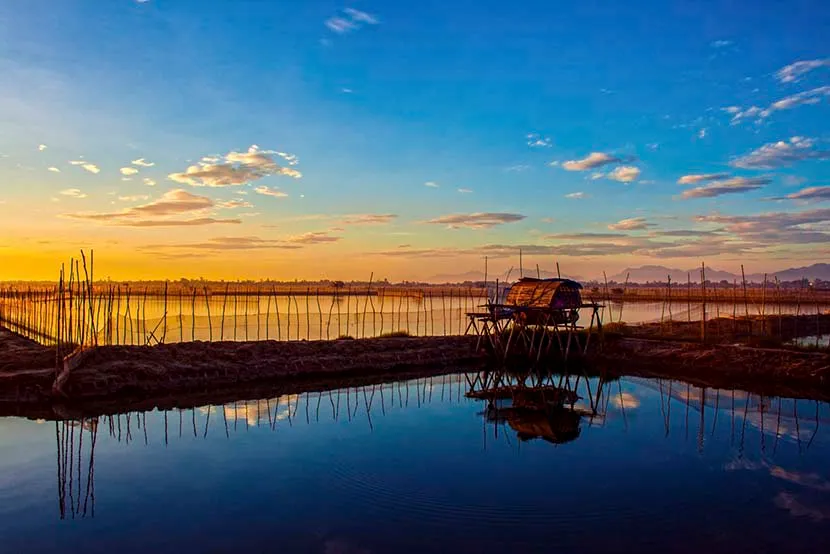
(Photo: pxhere.com)

(Photo: Thua Thien Hue newspaper)
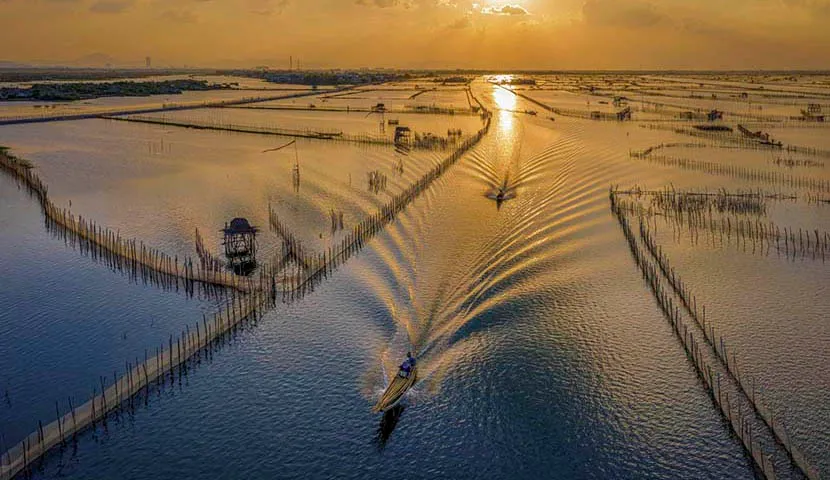







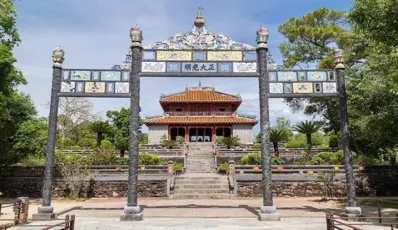
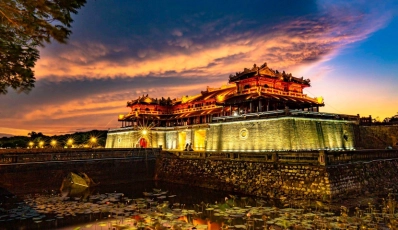
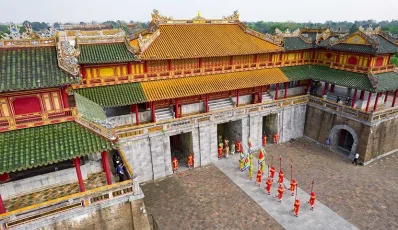
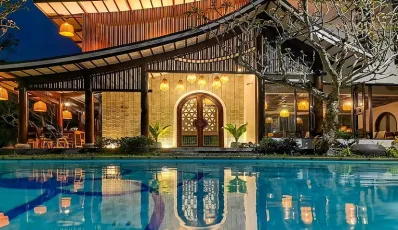
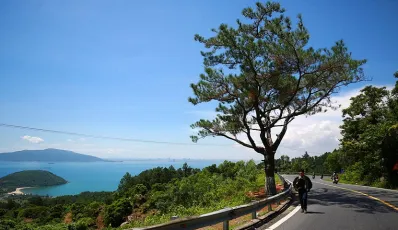
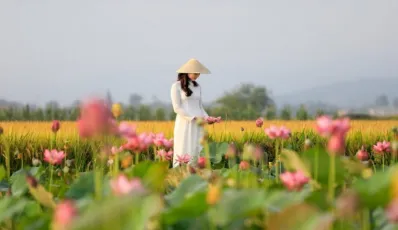
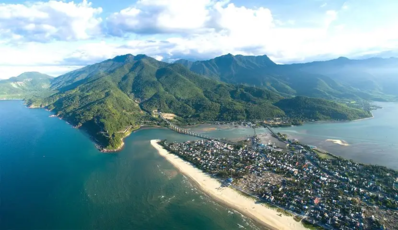
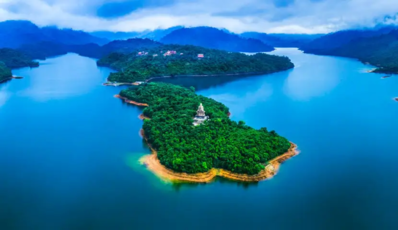





 TRAVELERS' CHOICE 2025
TRAVELERS' CHOICE 2025 


